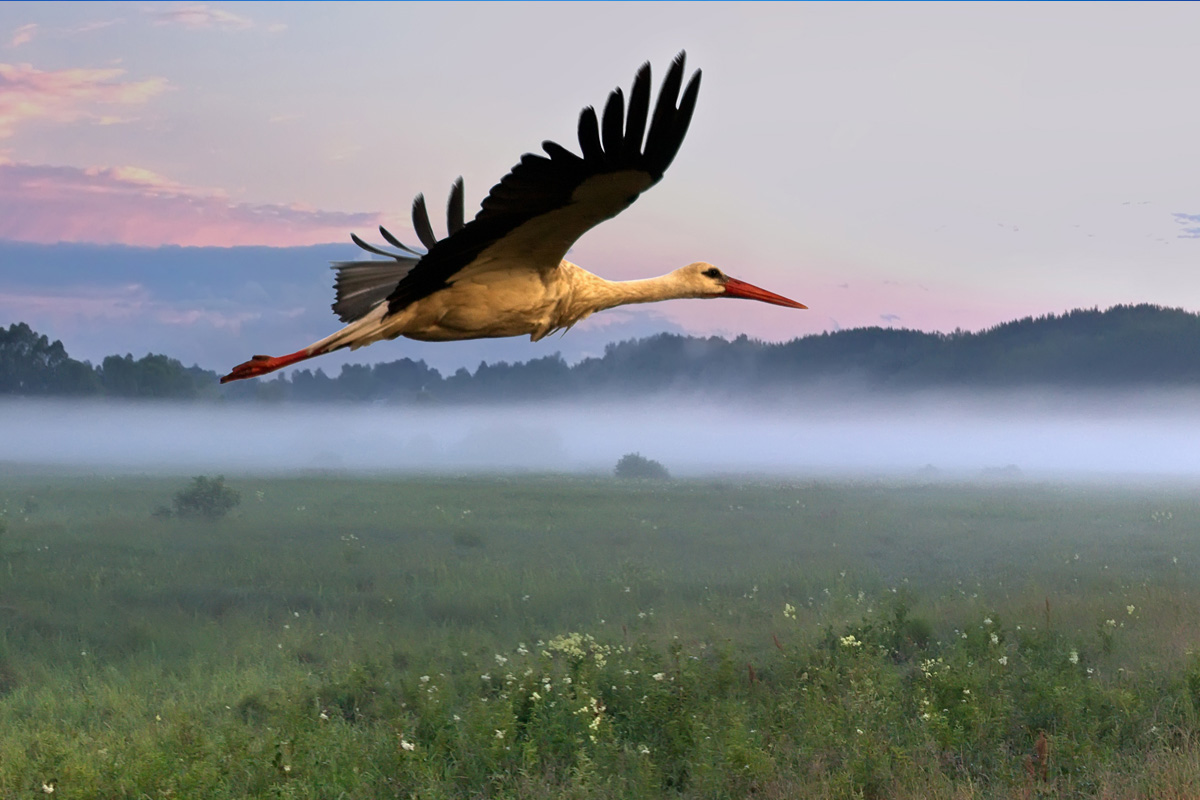Nature generates trillions of dollars in economic value, and its degradation puts ecosystems and economies at risk. Governments, companies and investors are working to ramp up investments that protect nature.
Key Takeaways
- Investing in nature may generate economic benefits and mitigate risks, as well as improve outcomes for ecosystems, biodiversity and society’s wellbeing.
- Investing in nature today is what climate finance was less than a decade ago, positioning nature-positive investing for potential growth in the coming years.
- Government incentives and regulations, incorporating nature-related risks into portfolios and defining nature benefits in carbon offsets can help catalyze greater adoption of nature investments.
People and economies cannot thrive without nature, including the living and non-living components of the atmosphere, land, ocean and freshwater, and biodiversity, which is the variability of organisms within nature. Nature and its contributions to human wellbeing and quality of life generate more than $44 trillion in economic value—more than half of the world’s GDP.1
Yet, for the past several decades, nature has experienced unprecedented degradation. Since 1970, wildlife populations have declined by an average of 69%.2 Today, more than one million plant and animal species are at risk of extinction.3 The potential loss of entire ecosystems, including wild pollinators, marine fisheries and timber from forests—just a fraction of nature’s ecosystem—could result in a $2.7 trillion decline in global GDP annually.4
With critical resources such as food and fresh water supply at risk, investment in nature may provide help to better protect societies and businesses from the collapse of ecosystems. In particular, some investors are especially keen to understand how their investments can be detrimental or positive for nature, in the same way that they assess holdings with respect to their impact on climate change and the transition to clean energy in their climate investing.
To discuss this budding investable issue, the Morgan Stanley Institute for Sustainable Investing and World Wildlife Fund (WWF)(opens in a new tab) hosted a roundtable about the opportunities and challenges of investing in nature, which gathered company executives, investors, development finance institutions and more. The discussion encompassed the importance of standardizing what “nature-positive” investing is, the need to identify viable investing models and the four actions that public and private sectors can take to catalyze investing in nature.
Defining Nature-Positive Investing and Profitable Models
Nature-positive investing, which targets the health and growth of ecosystems and mitigates related risks, can be nascent. Although companies, governments and investors are increasingly recognizing its importance for the planet, economy and bottom lines, at present, there are two key challenges to scaling nature investments, in our view.
To start, there is no universal definition of what positive impact on nature means. Preliminary discussions generally revolve around the idea that nature-positive investments should increase the abundance, diversity and resilience of species, populations and ecosystems in the next decade, compared to the last. Convened by WWF, 27 organizations are actively trying to define more specific standards by driving alignment around the definition, integrity and use of the term “nature positive.” One priority will be supporting the rollout of a common definition, metrics and standardized tools and practices that enable all to appropriately measure and report on their impact and contributions. In the meantime, businesses and financial institutions may reference recent recommendations from the Taskforce on Nature-related Financial Disclosures (TNFD).
Another challenge for investors may be the current lack of precedence for profitable models in nature investing. The small and localized character of nature-based projects and longer time horizons needed for evaluating and achieving nature-positive outcomes (often decades), could mean that investors do not see returns for years. Some roundtable participants agreed that these investments will have to prove more financially viable.
4 Ways to Ramp Up Nature Investing
In addition to adopting universal standards, the roundtable highlighted four strategies needed for the early development stages of nature financing that may help catalyze viable investing models.
Incorporate Nature-Related Risks into Investing Strategies: One approach to financing nature today is accounting for biodiversity- and nature-related risks across value chains, operations and investments. Investors may better understand their exposure to companies that are highly dependent on nature as part of their business models (for example, a beverage company’s access to fresh water) and how ecosystem collapse could significantly impact financial performance. The data and analytics to do this effectively are still in early stages and evolving.
Identify Nature Benefits from Carbon Offsets and Credits: There is a growing trend to identify nature-related benefits from carbon-offset projects—such as reforestation, renewable energy and carbon sequestration—that reduce greenhouse gas emissions. Nature and climate goals generally are closely linked, with nature-based solutions estimated to provide one-third of the climate-change mitigation necessary to meet the goals of the Paris Agreement.5 Quantifying potential nature benefits from climate investments could scale nature-based solutions and help attract existing pools of climate-oriented investment capital. Companies that buy carbon credits—which are transferrable instruments certified by governments or independent bodies to represent an emission reduction of one metric tonne of CO2, or an equivalent amount of other greenhouse gases—may be in a position to protect nature in addition to mitigating global warming.
Reduce Risk in Nature Investments with Flexible Capital: Development institutions, philanthropic organizations and government agencies are more likely to be able to deploy flexible, patient and higher-risk capital to nature investments, as they balance investment goals with environmental, social and governance (ESG) considerations. Capital from these sources may help bridge the risk-return profile of nature-based projects to match the expectations of market-rate investors. This may help lower investment barriers for private investors.
Create Regulations and Incentives: Governments may put regulations, incentives and market structures in place to encourage investment in nature from the private sector. Standardization may potentially improve transparency, allowing companies to compare potential opportunities and to better assess risk and allocate capital. Regulation may also eliminate, phase out or reform existing incentives, including subsidies, that might be harmful to nature.
Nature investing today is at the same stage as climate finance less than a decade ago and may be poised for similar growth. This may position nature-related reporting for wide adoption in coming years. While the market matures, sustainability-focused investors may begin to act by incorporating nature-related risks into existing investment strategies or considering nature-based solutions within the carbon markets. It may be early days, but continued progress may help in closing the financing gap, protecting nature and bottom lines.







